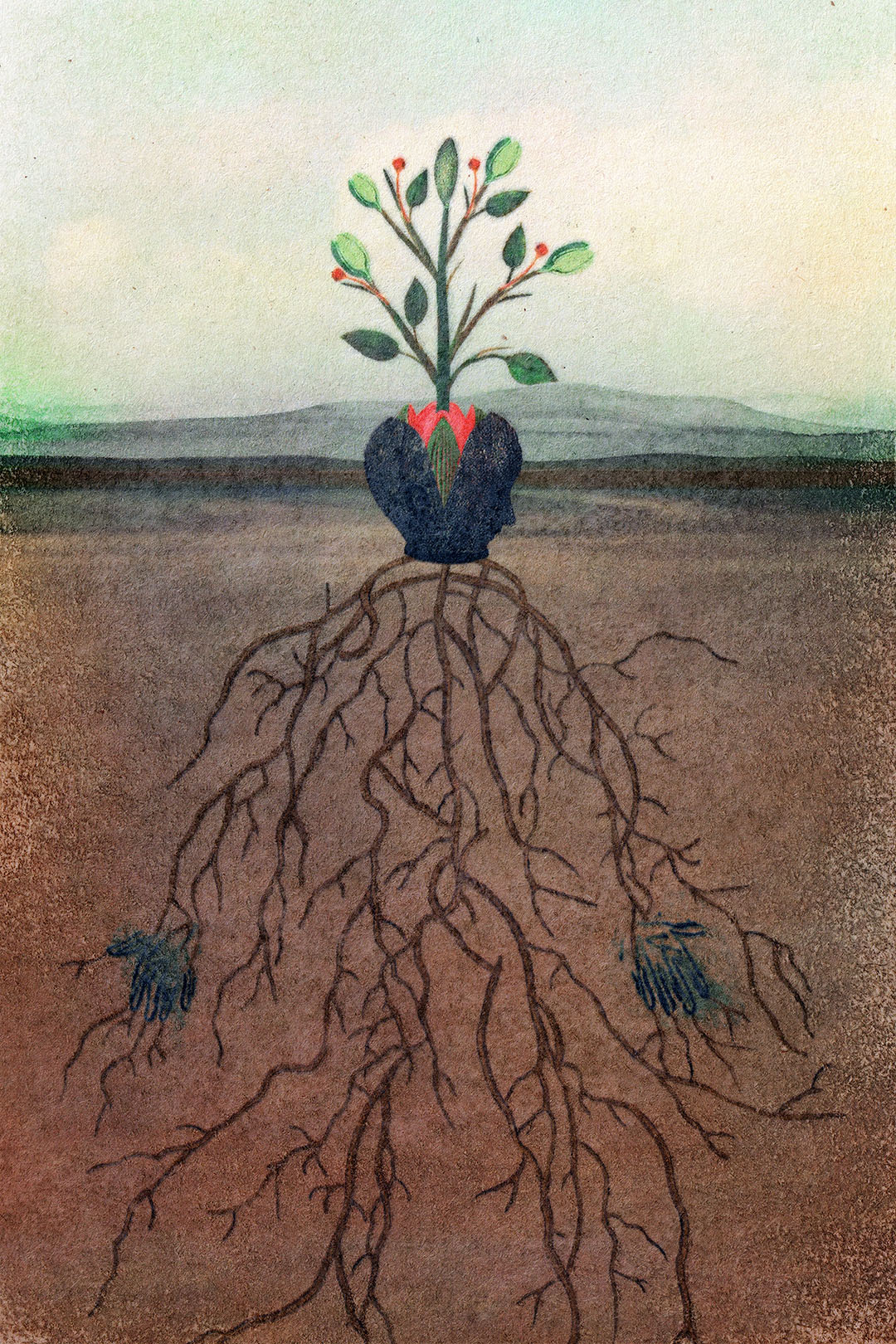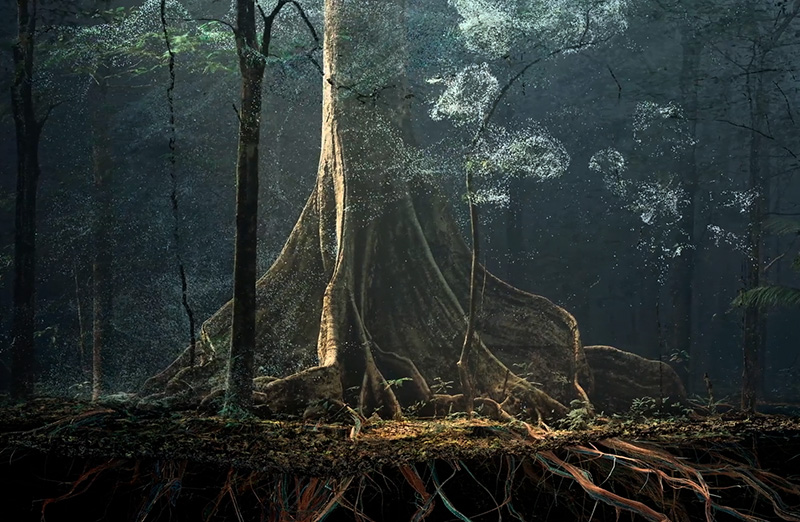Practice 08
Encountering Trees
an Emergence Magazine Practice
Emergence practices offer meaningful ways of connecting to the living world, inviting you to bring an element of one of our stories into your life. This practice prompts you to encounter a tree through the senses, illuminating the threads of connection between one sentient being and another.
From the old-growth forests whose presence precedes our lifetimes to the rooted sentinels of our own backyards, trees are humans’ oldest and most constant companions. Since the very beginning we have been intimately linked with these beings, sharing breath within Earth’s great respiration of carbon and oxygen. And while we often reduce trees to ornaments within our landscapes and consume them as expendable resources, they constantly invite us—through bloom, shade, wonder, breath—into closer relationship. In this practice, you are encouraged to respond to such gifts with a renewed quality of attention. Acknowledging the threads that bind you and the tree together within a shared biosphere, see what emerges as you hold an intention to simply be in the presence of a tree.




















